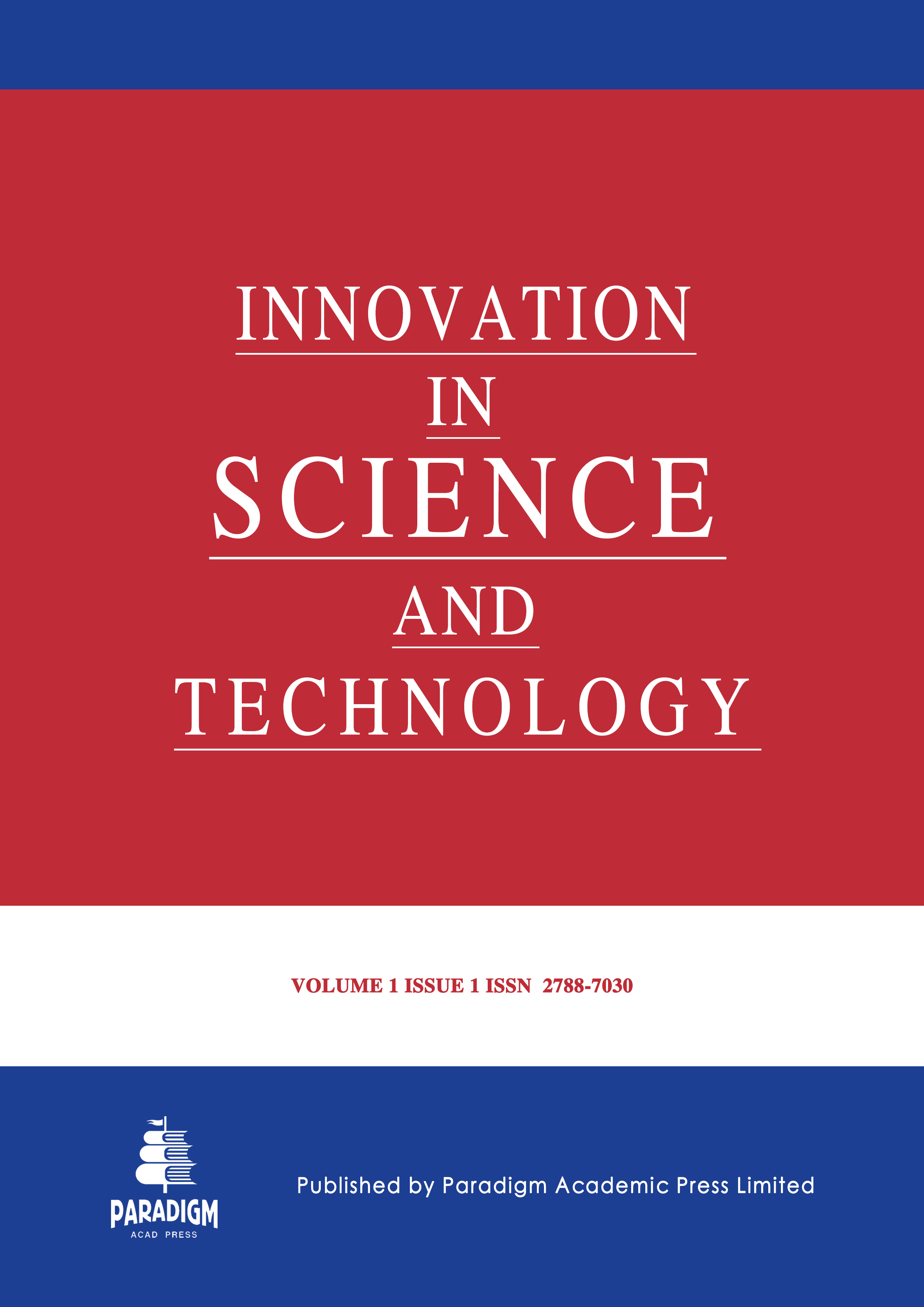A Carbon Reduction-Oriented Synergistic Optimization Model for Manufacturing SAP Systems and Production Planning: Architectural Innovation, Algorithmic Advancement, and Global Industrial Validation
DOI:
https://doi.org/10.63593/IST.2788-7030.2025.09.005Keywords:
carbon reduction, SAP system, production planning, synergistic optimization, carbon footprint accounting, multi-objective genetic algorithm, dynamic emission factors, manufacturing sustainability, global industrial validationAbstract
Manufacturing’s 35% share of global carbon emissions and the “dual carbon” goals (China: peak by 2030, neutrality by 2060) demand urgent integration of carbon reduction into production operations. However, two critical bottlenecks persist: carbon footprint accounting inaccuracy (average accuracy <65%, with manual methods yielding 30-40% errors) and production planning-carbon decoupling (78% of enterprises prioritize delivery/cost over emissions, leading to 12-18% overshoots). To address these, this study proposes a four-layer synergistic optimization model (Data Acquisition → Carbon Footprint Accounting → Production Planning Optimization → Application Presentation) with three core innovations: (1) A Dynamic Carbon Emission Factor Database (DCEFD) co-developed with the Chinese Academy of Environmental Sciences, covering 8 high-energy-consuming sub-sectors (steel, chemical, electronics, etc.) and updated quarterly based on energy structure changes. This database reduces factor-related errors by 42% compared to static alternatives, with industry-specific granularity (e.g., steel: 2.0 tCO₂/t for long-process vs. 0.8 tCO₂/t for short-process). (2) A Real-Time Data Anomaly Correction Mechanism (RTDACM) embedded with 12 industrial validation rules (e.g., triggering supplier re-verification if raw material carbon footprint exceeds 30% of the industry average). This mechanism boosts carbon accounting accuracy to 92%, a 32-percentage-point improvement over manual accounting (60%). (3) An Adaptive Weight Multi-Objective Genetic Algorithm (AW-MOGA) that balances carbon reduction (adjustable weight: 0.3-0.5), production efficiency (0.2-0.4), and cost control (0.2-0.4). The algorithm incorporates industrial constraints (e.g., low-carbon raw material ratio ≥30%) to avoid local optima, reducing solution time by 66.7% (from 30 to 10 minutes) while improving global search ability by 35%.
Validated across 22 manufacturing enterprises (11 Chinese, 8 German, 3 Japanese) over 15 months, the model achieved: (1) Average carbon footprint accounting accuracy increase from 60.5% to 91.7% (p<0.001); (2) Quarterly carbon emissions reduction by 16.8% (range: 15.2-18.3%, p<0.01); (3) Production plan adjustment efficiency improved by 83.3% (from 22.4 to 3.7 hours); (4) Order delivery punctuality remained at 96.2% (no significant decline, p>0.05); (5) Average production cost increase limited to 2.3% (vs. 8.5% for single-objective carbon reduction methods).
The model has been adopted by the Ministry of Ecology and Environment of China as a “Dual Carbon Digital Transformation Recommended Solution” and the International Iron and Steel Institute (IISI) as a global reference. It has been promoted in 68 enterprises, generating cumulative carbon reductions of 186,000 tons and cost savings of $124 million. Future integration of generative AI (e.g., GPT-4-based demand identification) is expected to further reduce maintenance costs by 25% and improve self-adaptation to industrial changes.


